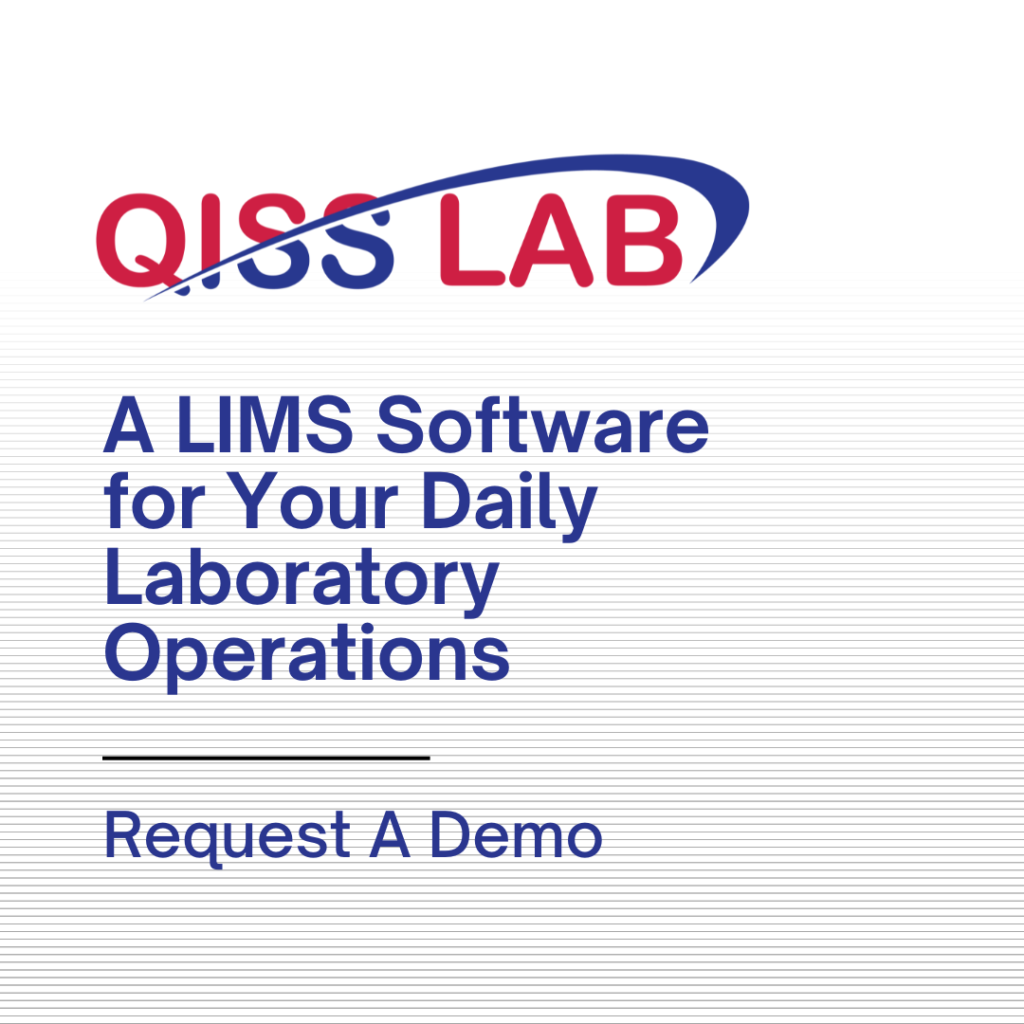Have you ever caught a mistake just in time and thought to yourself that it could’ve been a disaster? That feeling of barely dodging a bullet is what preventive action is designed to eliminate. Rather than hoping to catch errors before they spiral, preventive action is about putting up guardrails early, so those issues stop before they start in the first place.
Its a powerful concept, and while it may sound like common sense, its often overlooked in busy labs, offices and workspaces where everyone’s too focused on today’s problems to think about tomorrow’s risks. But with a bit of planning and the right tools, preventing problems can become second nature.
Now, let’s dive into what preventive action really means, why it matters, and how we can start applying it effectively in our day-to-day work; especially in structured, high-stakes environments like labs and regulated spaces.
So, What Are Preventive Actions?
Preventive actions are proactive steps taken to stop potential issues before they arise. They’re not the same as corrective actions which come into play after a problem has already arised. Instead, preventive actions ask “What could go wrong” and “How can we make sure it doesn’t?”
Why Bother with Prevention?
Working with the mindset that we will deal with problems as they come can be expensive both financially and mentally. When something goes wrong, the fallout usually costs more than just time. There’s lost productivity, reputational damage, extra stress, rework and sometimes even regulatory consequences. That’s why prevention is often far more valuable than a fast fix.
Preventive actions help reduce the likelihood of:
- Sudden disruptions to your workflow
- Product or research failures
- Client or stakeholder complaints
- Noncompliance with industry regulations or safety protocols
More than that, prevention boosts trust, internally and externally. When people see that your team consistently avoids problems, they’re more confident in your systems and processes. That’s a long-term return that’s hard to put a price on.
What Causes Problems in the First Place?
Before you can prevent problems, you need to understand where they tend to come from. And most issues, surprisingly, don’t arise from a single big mistake; they build up from smaller, overlooked things.
1. Human Error
It is one of the most common sources. This could be anything from misunderstanding an instruction, skipping a step in a protocol, or even just being distracted or fatigued during work. And while human error is inevitable to some degree, it can often be mitigated with better systems, training, or tools.
2. Outdated Processes
It is another major issue. Sometimes procedures that made sense five years ago haven’t been updated; even though the equipment, staff, or regulatory environment has changed. When processes don’t evolve, they create confusion and gaps that lead to mistakes.
3. Poor Documentation
It is also a quiet but powerful problem. If team members can’t find the latest version of a protocol or form, they may unknowingly follow the wrong one. That’s how small missteps turn into major nonconformities.
4. Lack of Oversight
It is another factor. When no one is tracking key metrics or watching for red flags, issues can develop slowly in the background and only get noticed when it’s too late.
5. External or Environmental Factors
Like power outages, supply chain issues, or unexpected changes in lab conditions. While you can’t always control these, you can put systems in place to detect them early or minimize their impact.
How Do You Build Effective Preventive Actions?
Implementing preventive actions doesn’t require a massive overhaul. In fact, it often starts with simple shifts in how you approach everyday tasks. Here’s how to get started:
1. Begin with Risk Assessment
Take a step back and really analyze your workflow. Where are the vulnerabilities? Which steps depend too heavily on human memory or judgment? Are there any recurring hiccups that haven’t become full-blown problems yet?
This is where tools like risk matrices or Failure Mode and Effects Analysis (FMEA) come in handy. They help you evaluate which parts of your process carry the highest risk and what the consequences would be if things went wrong.
The more thorough your assessment, the better your chances of identifying issues before they become actual problems.
2. Learn from the Near Misses
We often focus on actual failures, but near misses are just as important. These are the moments where something almost went wrong but didn’t; thanks to luck, timing, or someone catching it at the last second.
Don’t ignore those moments. Analyze them. What happened? Why did it almost go wrong? What changes could you make to ensure that it doesn’t happen again?
These small red flags are some of your most valuable warning signs.
3. Update and Standardize Your Procedures
Many issues arise simply because people are working off outdated or unclear instructions. Review your standard operating procedures regularly and make sure they’re aligned with current best practices, equipment, and team structure.
More importantly, make sure your procedures are clear and user-friendly. If people have to “interpret” what an SOP means, there’s room for error.
4. Invest in Training and Awareness
Even the best systems fall apart if the people using them aren’t properly trained. Preventive action depends heavily on people being confident and informed about their tasks.
But training isn’t a one-time thing. It needs to be ongoing. Use refreshers, hands-on sessions, and open forums where people can ask questions, raise concerns, or share feedback about what’s working and what isn’t.
Training is also about why, not just how. When people understand the bigger picture, they’re more likely to take ownership of their roles and speak up when something doesn’t feel right.
5. Monitor Everything You Can, Intelligently
This is where digital tools come in, and they can make all the difference.
The Role of Digital Tools in Preventing Problems
Modern labs and workspaces don’t have to rely on guesswork. There’s a growing range of digital tools that make preventive action easier, faster, and more accurate.
Laboratory Information Management Systems (LIMS)
LIMS allows you to track samples, workflows, and lab activities in real-time. It reduces the risk of data entry errors, lost records, or misplaced samples. More importantly, it provides traceability- so if something almost went wrong, you can trace exactly what happened and fix it.
LIMS can also be configured to flag unusual patterns, like test results outside normal ranges, which helps you catch issues early.
Quality Management Systems (QMS)
A QMS centralizes your quality processes- from audits and inspections to document control and corrective/preventive actions. This makes it easier to spot weak points in your system and respond before things fall apart.
Many QMS software also offer dashboards that show performance metrics in real time, so you’re always aware of trends that could become problems later.
Equipment Monitoring Tools
In labs, equipment failure can throw everything off. But with digital monitoring tools, you can track equipment performance and receive alerts for things like temperature fluctuations, calibration deadlines, or abnormal usage patterns.
Instead of finding out a machine failed after it caused bad results, you find out before anything goes wrong.
Document Control Software
One of the most overlooked sources of error is using the wrong version of a document. With digital document control tools, you can ensure that everyone is working off the latest, approved version of protocols, SOPs, or safety manuals.
This eliminates confusion, keeps your team aligned, and supports regulatory compliance.
Analytics and Reporting Dashboards
Digital dashboards help visualize data in ways that are easy to understand. They can show trends like error frequency, turnaround times, or user activity. When you start to see performance slowly declining in one area, that’s your cue to investigate- and act before it becomes a full-blown issue.
Make Prevention Part of Your Culture
Tools and processes are important; but without the right mindset, preventive actions won’t stick. That’s why creating a culture of prevention matters.
Leadership plays a huge role here. If supervisors and managers model proactive thinking, the rest of the team will follow. Encourage open communication, where team members feel safe pointing out risks or flaws without fear of blame.
Make it clear that speaking up before a problem happens is just as valuable, if not more than fixing something afterward.
When people know they’re supported in raising concerns or making improvements, preventive actions stop being a checklist and start becoming a natural part of daily work.
The strange thing about successful preventive actions is that when they work, nothing happens; and that’s exactly the point. No disruptions. No surprises. Just smooth operations and peace of mind.
It may not feel exciting, but it’s one of the most powerful things you can do for your lab, your team, or your business. So take a moment to ask: Where might the next problem come from? And what can I do today to stop it in its tracks?
Start there. One step at a time. Because the best problems are the ones you never have to solve. To get more insight, reach out to us!



